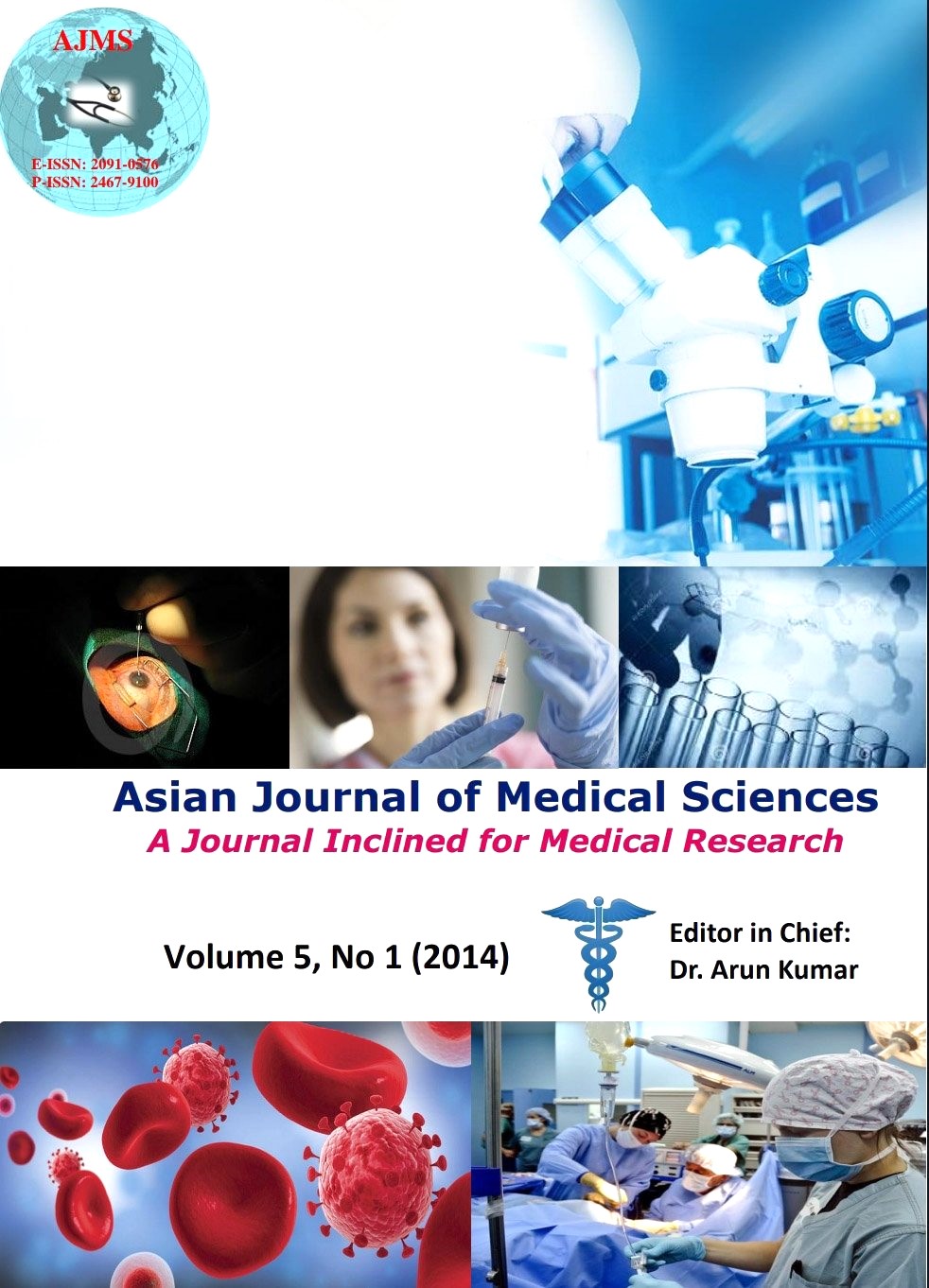Differences in Adiponectin Gene Expression: Adiponectin Gene Expression is Higher in Gluteal than in Abdominal Adipose Tissue
Keywords:
Adiponectin, Gene expression, Gluteal adipose tissue, Abdominal adipose tissueAbstract
Objective: Obesity down regulated the adiponectin gene expression, but differences in adiponectin gene expression in gluteal adipose tissue (GAT) and in abdominal adipose tissue (AAT) are not well known. Therefore, the purpose of this study was to examine the differences in adiponectin gene expression in GAT and in AAT.
Material & Methods: Nineteen healthy obese middle aged men (aged 41.4±6.1 years; mean ± SD) Adipose tissue (AT) biopsies from the subcutaneous abdominal and subcutaneous gluteal depots were obtained.
Results: Adiponectin gene expression was 22.7% higher in subcutaneous GAT than in subcutaneous AAT.
Conclusion: Adiponectin gene expression is higher in GAT than in AAT, suggesting GAT to be more important for circulating adiponectin levels.
DOI: http://dx.doi.org/10.3126/ajms.v5i1.4412
Asian Journal of Medical Science Vol.5(1) 2014 pp.34-38
Downloads
Downloads
Additional Files
Published
How to Cite
Issue
Section
License
Authors who publish with this journal agree to the following terms:
- The journal holds copyright and publishes the work under a Creative Commons CC-BY-NC license that permits use, distribution and reprduction in any medium, provided the original work is properly cited and is not used for commercial purposes. The journal should be recognised as the original publisher of this work.
- Authors are able to enter into separate, additional contractual arrangements for the non-exclusive distribution of the journal's published version of the work (e.g., post it to an institutional repository or publish it in a book), with an acknowledgement of its initial publication in this journal.
- Authors are permitted and encouraged to post their work online (e.g., in institutional repositories or on their website) prior to and during the submission process, as it can lead to productive exchanges, as well as earlier and greater citation of published work (See The Effect of Open Access).




